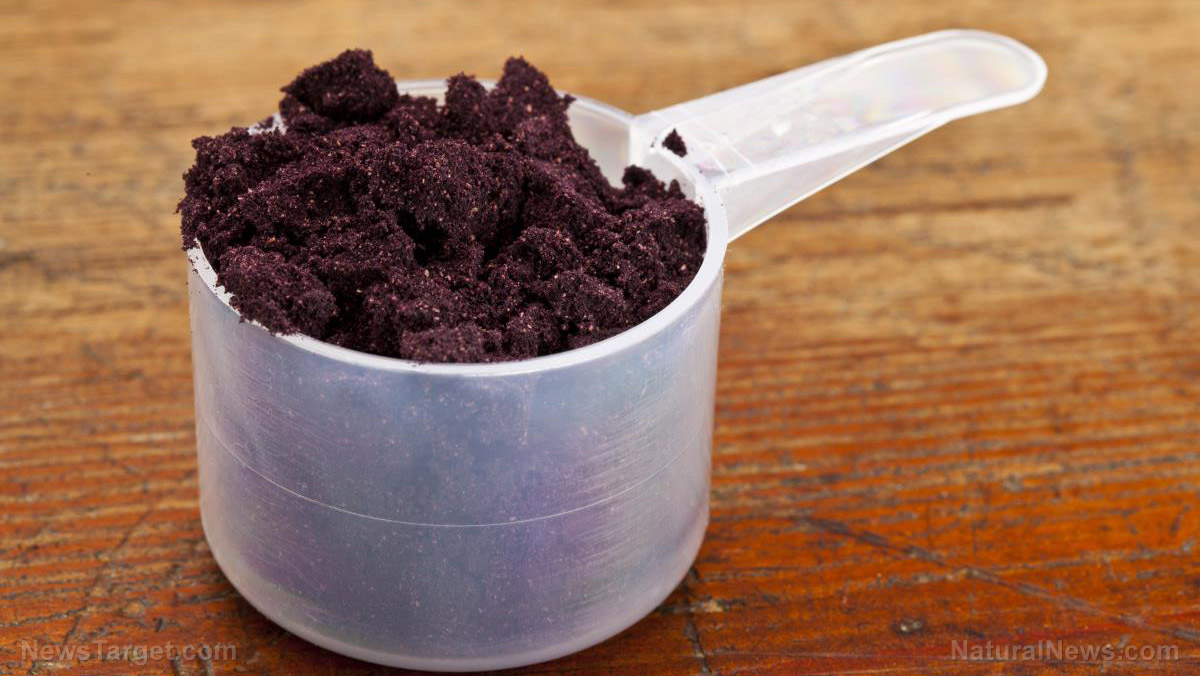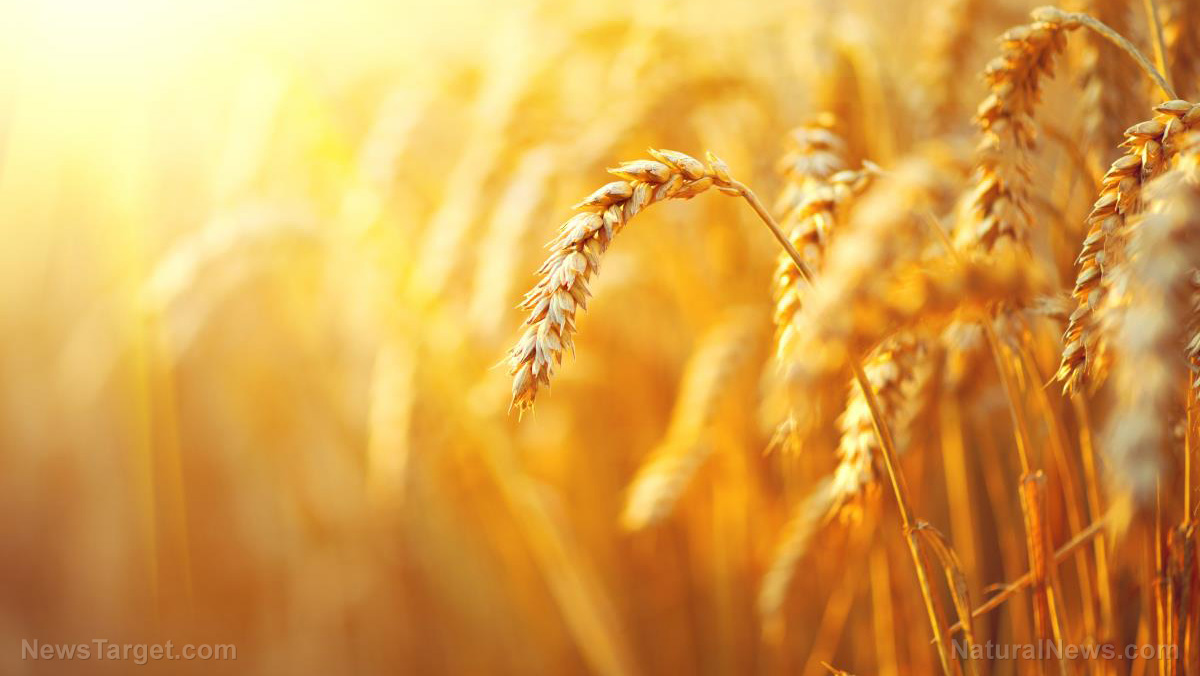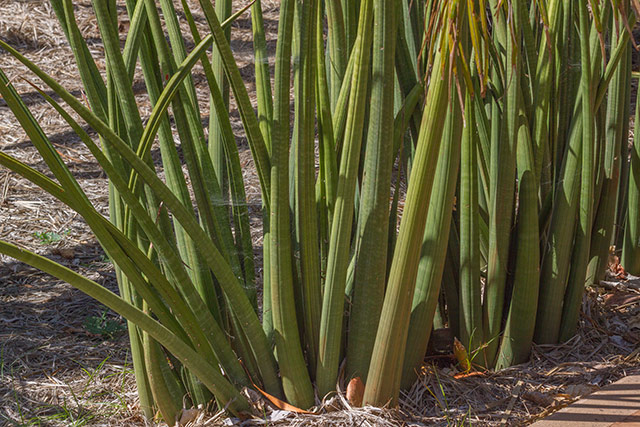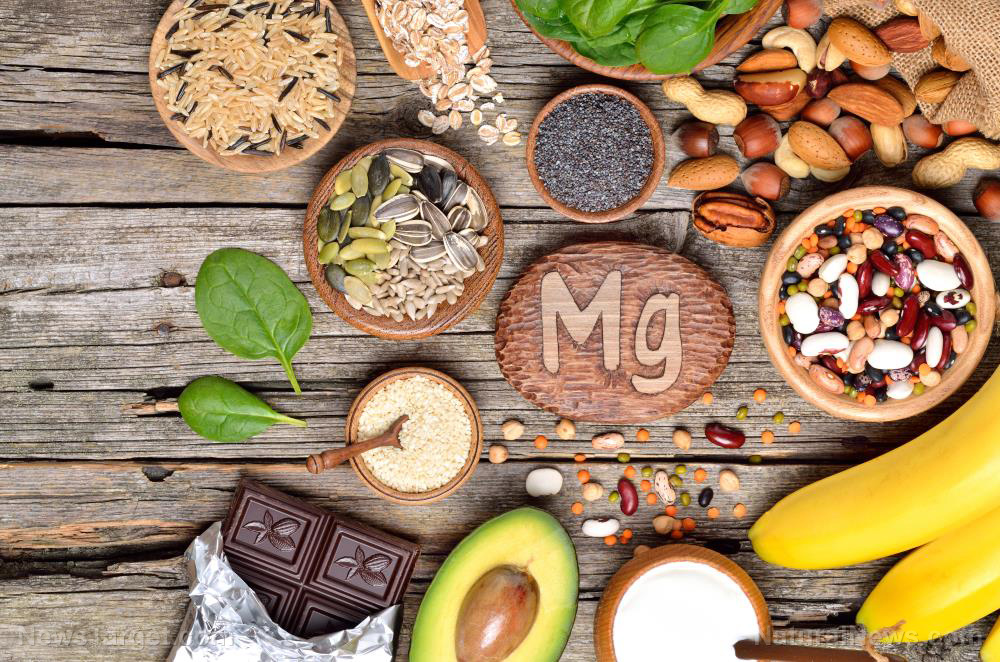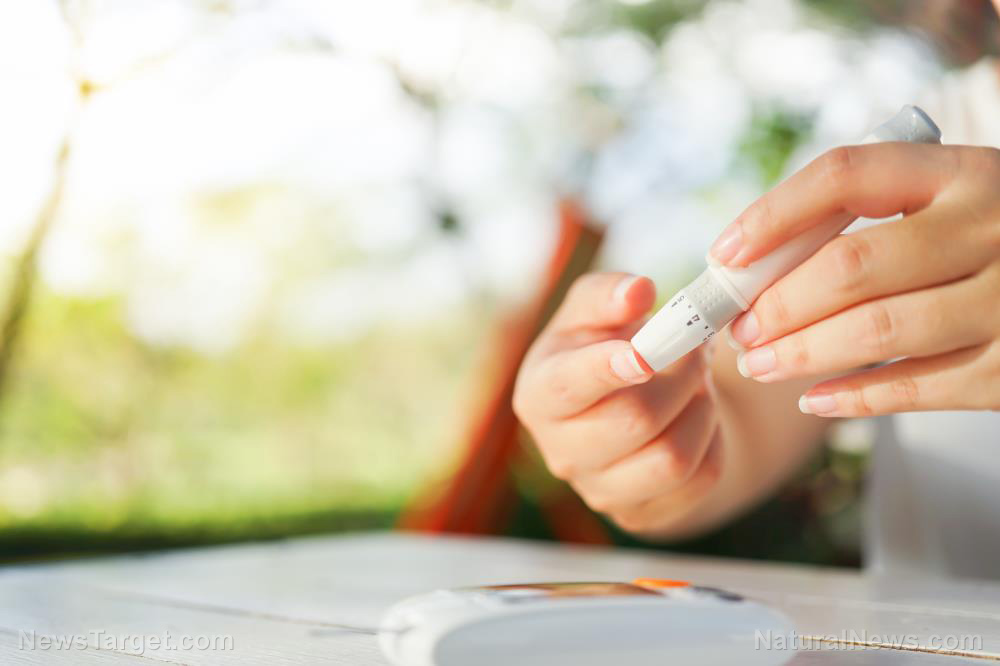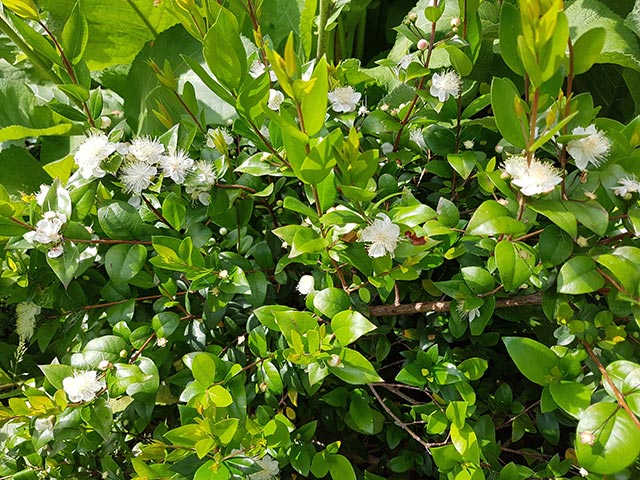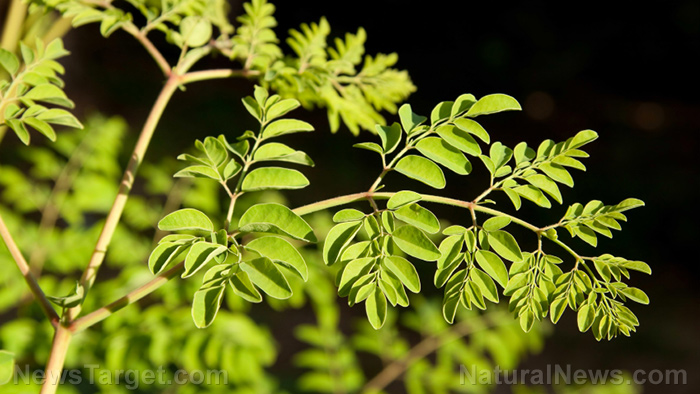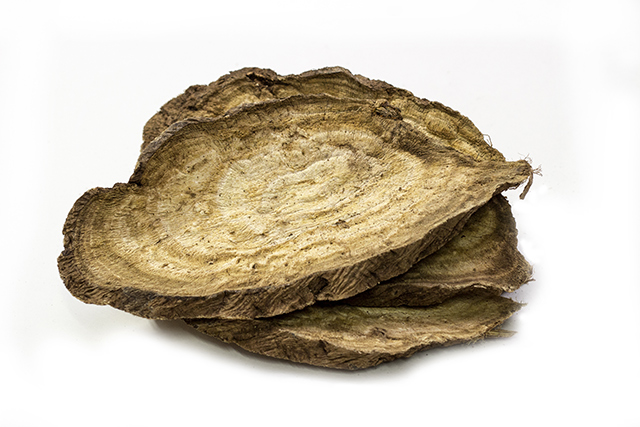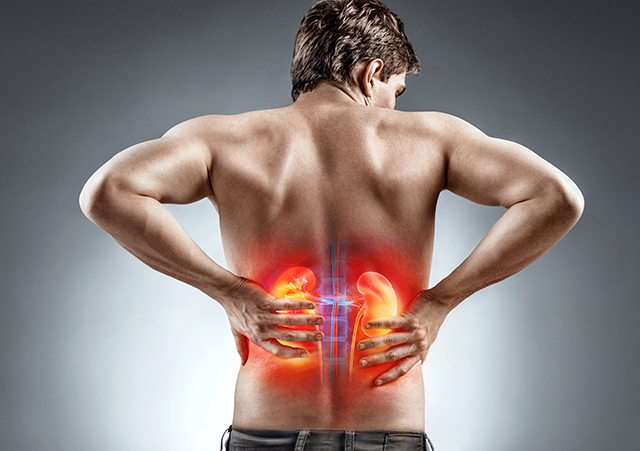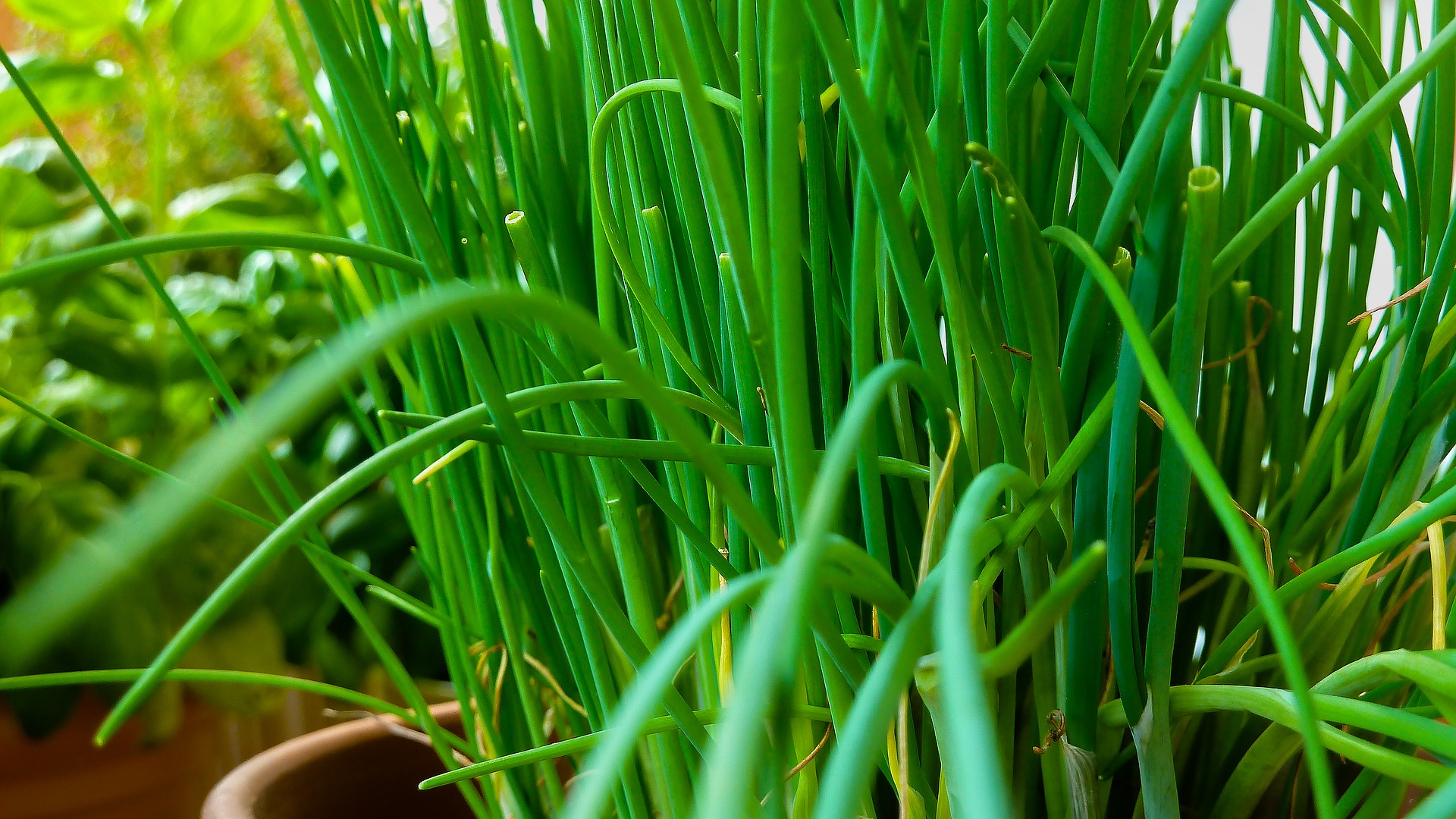Scientists find that eating more berries is a powerful way to avoid diabetes
11/18/2018 / By Mary Miller
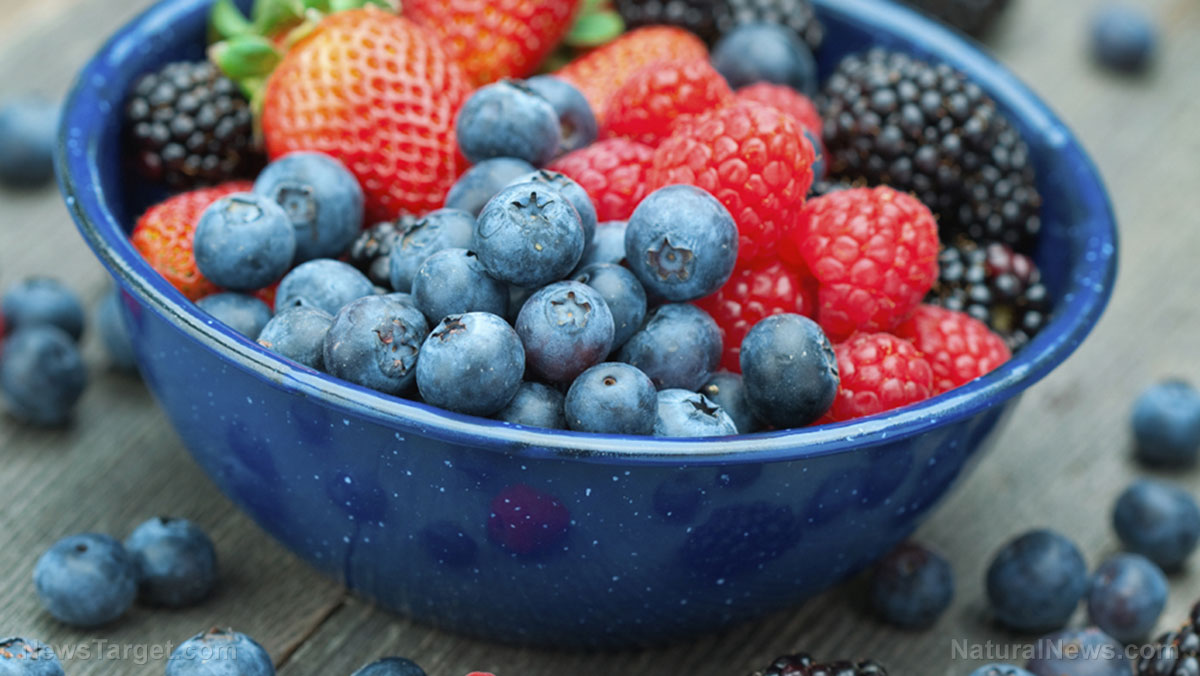
Diabetes is a chronic illness that affects your body’s ability to metabolize food into energy. In America, around one in every ten persons has the disease and countless more are at risk of developing it. Fortunately, it might just be possible to reduce the risk of diabetes by eating berries.
The food you eat contains sugar, which is distributed into your blood stream after digestion. Usually, this sugar doesn’t just stay in your blood stream. Your body produces a hormone called insulin to transfer the sugar from your blood into your cells and turn it into energy. If you have diabetes, your body either can’t produce enough insulin or the insulin it does produce just can’t do the job. The result is high blood sugar. If left untreated, high blood sugar can cause damage to your nerves, eyes, kidneys, and other organs and is the leading cause of kidney failure, non-traumatic lower limb amputations, and adult blindness in America.
To better understand diabetes and learn how to best combat it, you should know what kind of diabetes it is. Not all forms of this disease present themselves in the same way.
- Type 1 diabetes is an autoimmune disease wherein your immune system attacks the cells in your insulin-producing pancreas.
- Type 2 diabetes happens when your body develops a resistance to the insulin, impairing its ability to remove sugar from your blood. It is with this type of diabetes where consuming berries can come in handy.
How eating berries can lower risk of diabetes
It does seem surprising that eating something sweet can actually help lower your blood sugar levels but it’s true. Berries contain potent compounds called anthocyanins. Anthocyanins are flavonoids, the colorful pigments that give the berries their vibrant hues. But they aren’t just there to look pretty. According to a study published in The American Journal of Clinical Nutrition by the Harvard School of Public Health, flavonoids found in blueberries significantly reduce the risk of Type 2 diabetes. It does this by increasing the body’s sensitivity to insulin, making it more effective at moving sugar away from your blood stream and into your cells where they belong. The compounds in berries also can also decrease signs of a metabolic syndrome involving biomarkers that show a likelihood of diabetes.
Blueberries, cranberries, raspberries, acai berries, cherries, blackberries, currants, mulberries, and elderberries are all excellent sources of anthocyanins. Dark colored grapes, red cabbages, red and purple olives, blood oranges, and eggplant skins are also packed with powerful healing flavonoids. You can eat them fresh, dried, or freeze dried. Other sources of anthocyanins are fruit concentrates and anthocyanin-rich supplements.
Remember! A half cup of berries a day keeps the diabetes away. This is the daily recommended dose to achieve the optimal benefits of anthocyanins.
Other health benefits of anthocyanins
Anthocyanins can do even more than protect you from diabetes. They contain potent antioxidants which can help reduce the risk of stress, inflammation, arthritis, gout, neurological disorders, and cancer. Studies show that black raspberries are helpful in inhibiting esophageal cancer in rats by up to 60 percent and colon cancer by up to 80 percent. (Related: Berries provide a cocktail of cancer preventing compounds.)
The antioxidants in anthocyanins can also help fight free radicals. Free radicals can cause tissue damage and result in oxidative stress.
Cranberries have a unique combination of phytochemicals that work alongside anthocyanins to inhibit the growth of cancer tumors in the breast, colon, lungs, and prostate. Whether working alone or in conjunction with other chemicals, anthocyanins are sure to be your body’s sweet protector in more ways than one.
If you want to learn more about diabetes and how to help prevent it, you can read more articles at DiabetesScienceNews.com.
Sources include:
Tagged Under: acai berries, anthocyanins, antioxidants, berries, blackberries, blood sugar, Blueberries, CDC, cherries, Cranberries, currants, diabetes, diabetes risk, elderberries, flavonoids, food science, fruits, healingfoods, insulin, Mulberries, phytochemicals, prevention, Raspberries, research, sugar, type 1 diabetes, Type 2 Diabetes



